Development of scalable silicon
quantum
computer
technology
News
Our advertisement feature was published on 29 February 2024, as part of Focal Point on Quantum computing in Japan in the online version of Nature, a weekly international journal publishing the finest peer-reviewed research in science and technology.
The advertisement feature can be found here: https://www.nature.com/articles/d42473-023-00437-6
Collections page: https://www.nature.com/collections/gieejcdceg
Moonshot Goal 6:
Realization of a
fault-tolerant universal quantum computer that will revolutionize economy,
industry, and security by 2050.
By 2025
Develop fabrication techniques for scalable multi-qubit devices using high-quality silicon/silicon germanium (Si/SiGe) substrates and implement prototypes of small- to medium-scale quantum computers.
By about 2030
We will develop fundamental fabrication technologies for multi-qubit devices that are
compatible with the development of large-scale quantum computers in collaboration with
industry.
In parallel, we will characterize the multi-qubit devices and demonstrate the principle
of
high-fidelity quantum manipulation and phase error correction codes.
Members
Project Managers
Seigo Tarucha
RIKEN
Center for Emergent Matter Science Group Director
Center for Quantum Computing Team Leader
This project aims to develop scalable technologies for Silicon quantum computer. We will
use sparse integration and medium-distance quantum coupling to implement a unit
structure of qubits and scale up the qubit system by increasing the number of the unit
structures.
Based on this method we will develop fundamental technologies appropriate to implement
large-scale quantum computers by 2030, and expand the technologies in cooperation with
the semiconductor industry to implement universal quantum computers by 2050.
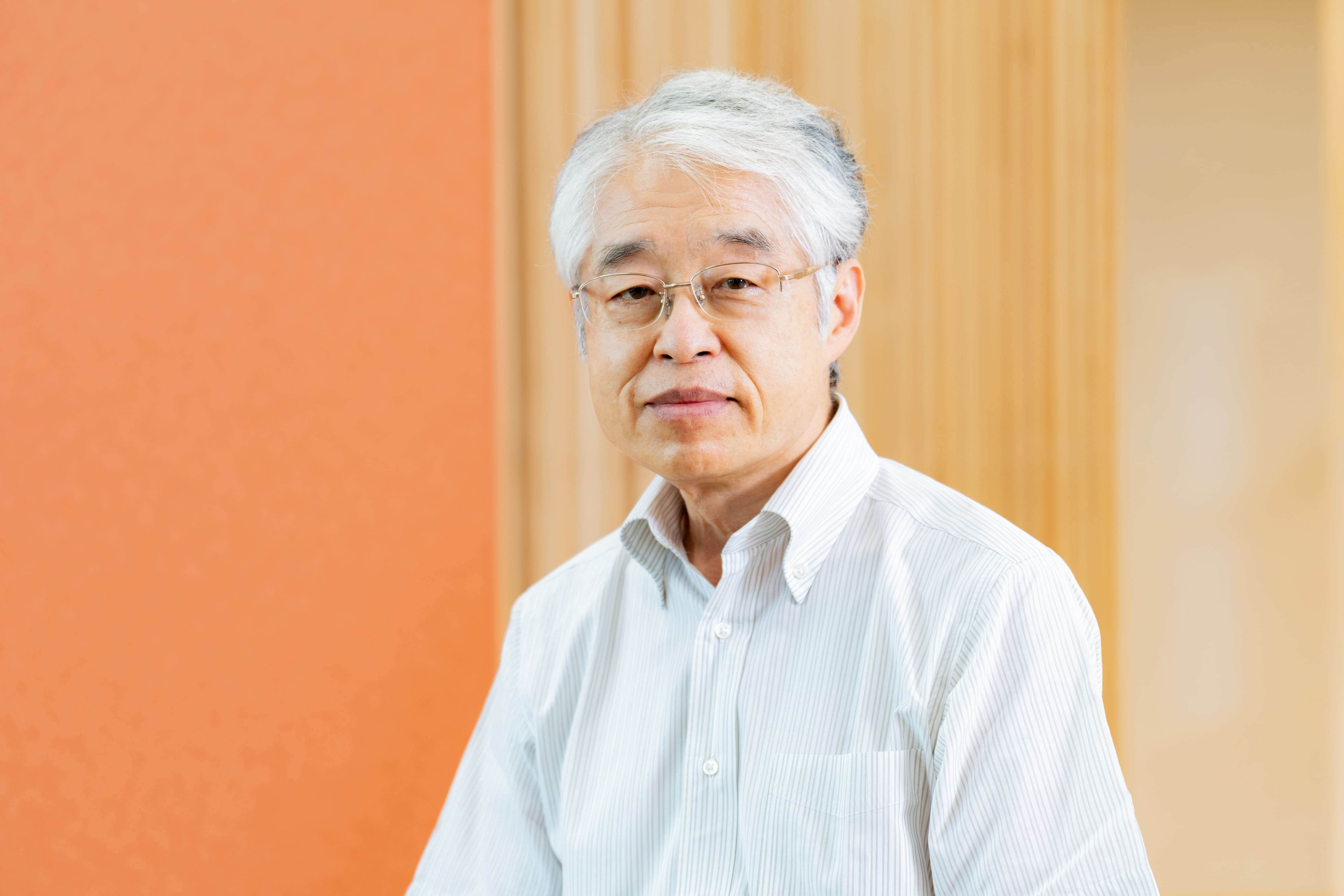
Principal Investigators
R&D Themes 1-1: Development of Scalable Error Tolerant Si Quantum Bit Device Technology
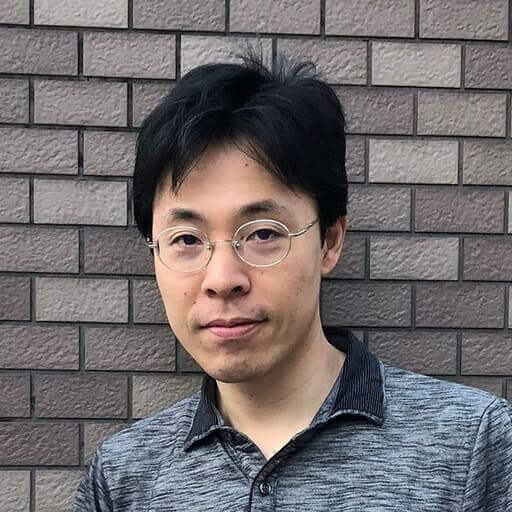
Takashi Nakajima
RIKEN
Center for Emergent Matter Science Senior Scientist
We develop a silicon quantum processing unit utilizing a single electron spin as a
qubit in
lithographically defined quantum dot structures.
We aim to develop fundamental
technologies for silicon-based fault tolerant
quantum computing, including high-fidelity control of spin qubits and
nano-fabrication of
scaled-up qubit devices.
Project Members
| Takashi Nakajima | RIKEN | Center for Emergent Matter Science | Senior Research Scientist |
| Seigo Tarucha | RIKEN | Center for Emergent Matter Science Center for Quantum Computing |
Group Director Team Leader |
| Kenta Takeda | RIKEN | Center for Emergent Matter Science | Senior Research Scientist |
| Takashi Kobayashi | RIKEN | Center for Quantum Computing | Senior Research Scientist |
| Akito Noiri | RIKEN | Center for Emergent Matter Science | Research Scientist |
| Leon Camenzind | RIKEN | Center for Emergent Matter Science | Research Scientist |
| Ik Kyeong Jin | RIKEN | Center for Emergent Matter Science | Postdoctoral Researcher |
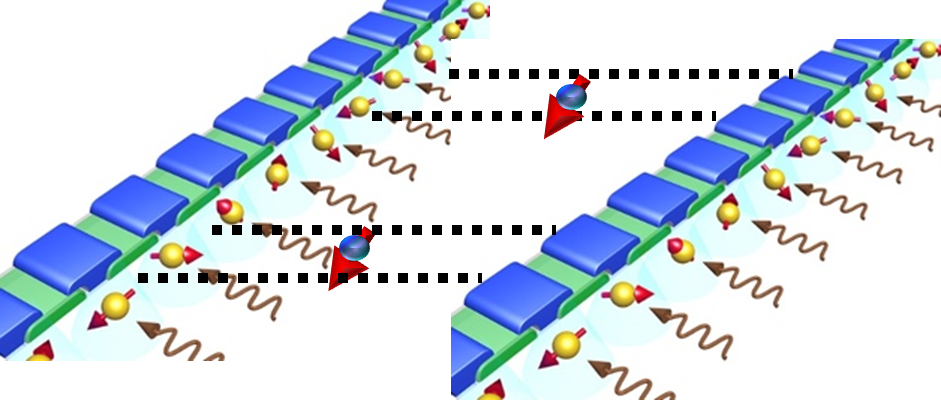
R&D Themes 1-2: Development of Implementation Technology for Control Signal Routing in Integrated Si Qubits

Takuji Miki
Kobe University
Graduate School of Science, Technology and Innovation Associate Professor
We develop a signal routing implementation technology applicable to the control of a large number of silicon qubits. Utilizing semiconductor circuit techniques and advanced chip packaging technology, we focus on developing a multi-channel, high-resolution signal generator and constructing signal paths to improve the integrity by using silicon interposers and through silicon vias. This approach is expected to address the complexities and increased wiring density associated with a growing number of qubits, thereby enhancing the scalability of silicon quantum processors.
Project Members
| Takuji Miki | Kobe University | Graduate School of Science, Technology and Innovation | Professor |
| Makoto Nagata | Kobe University | Graduate School of Science, Technology and Innovation | Professor |
| Misato Taguchi | Kobe University | Graduate School of Science, Technology and Innovation | Project Research Associate |
| Ryozo Takahashi | Kobe University | Graduate School of Science, Technology and Innovation | Doctor Student |
| Kazuma Higashimomo | Kobe University | Graduate School of Science, Technology and Innovation | Master Student |
| Katsura Ryuto | Kobe University | Graduate School of Science, Technology and Innovation | Master Student |

R&D Themes 2: Development of Middle-distance Quantum Link
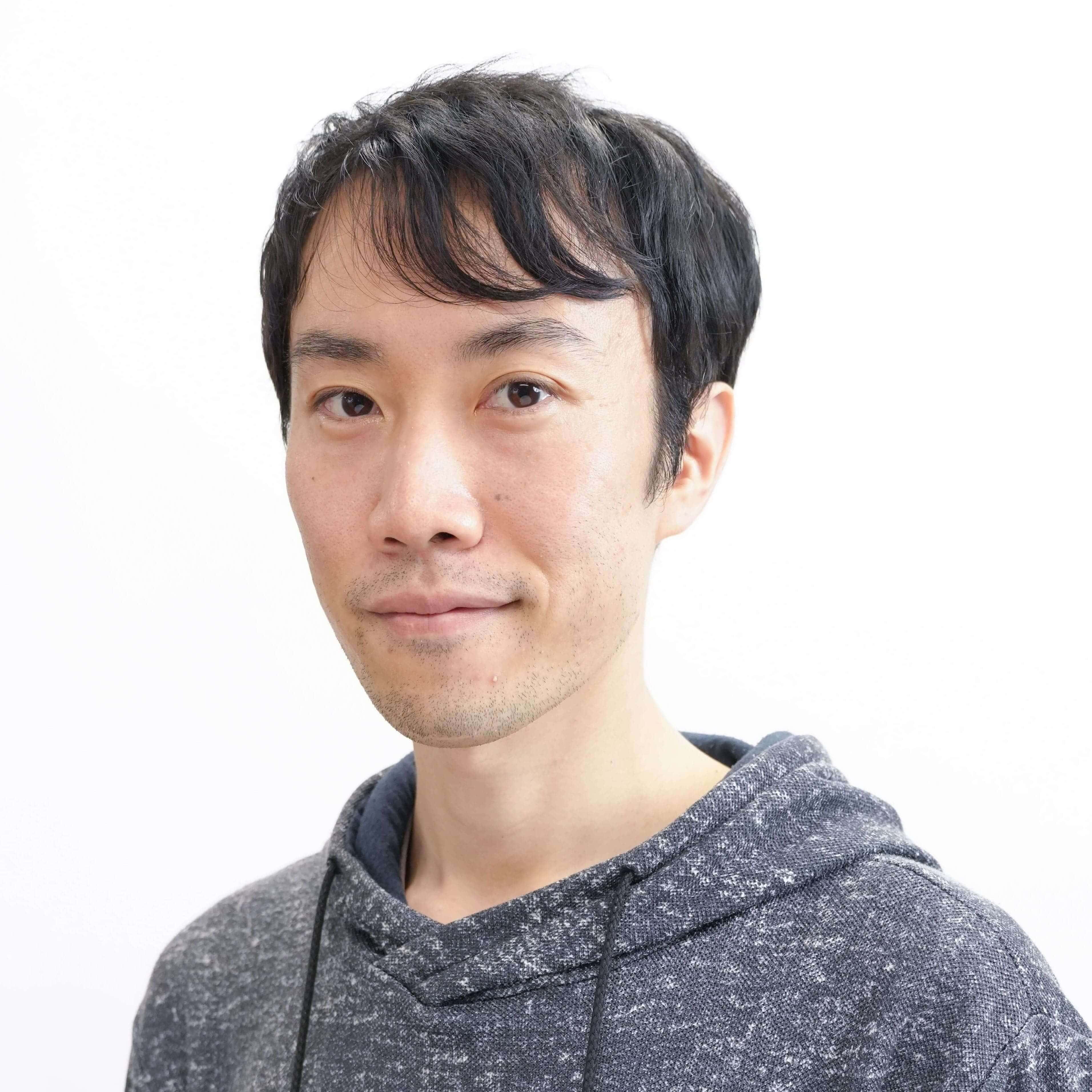
Takafumi Fujita
Osaka University
SANKEN Associate Professor
In our research, we are tackling the R & D of a middle-distance quantum
information transfer. With this technology, it becomes possible to efficiently
connect distant
quantum bits.
Our method uses voltage variations to transmit electron-spin quantum bits while
maintaining the
confinement of quantum dots. This allows for high-speed and reliable transmission of
qubits. We
plan to explore extending the transmission bus and adopting new methods to construct
larger
quantum systems and promote the integration of quantum bits.
Our ultimate goal is to construct an on-chip quantum network, connecting
high-performance,
small-scale quantum processors, paving the way for advanced quantum computers.
Project Members
| Takafumi Fujita | Osaka University | SANKEN | Associate Professor |
| Rio Fukai | Osaka University | SANKEN | Assistant Professor |
| Chinnasamy Rajkumar | Osaka University | SANKEN | Specially Appointed Assistant Professor |
| Masayoshi Mori | Osaka University | SANKEN | Specially Appointed Researcher |
| Hideaki Yuta | Osaka University | SANKEN | Doctor Student |
| Tatsuo Tsuzuki | Osaka University | SANKEN | Doctor Student |
| Kenichiro Senda | Osaka University | SANKEN | Doctor Student |
| Naohiro Kida | Osaka University | SANKEN | Master Student |
| Gen Nakagawa | Osaka University | SANKEN | Master Student |
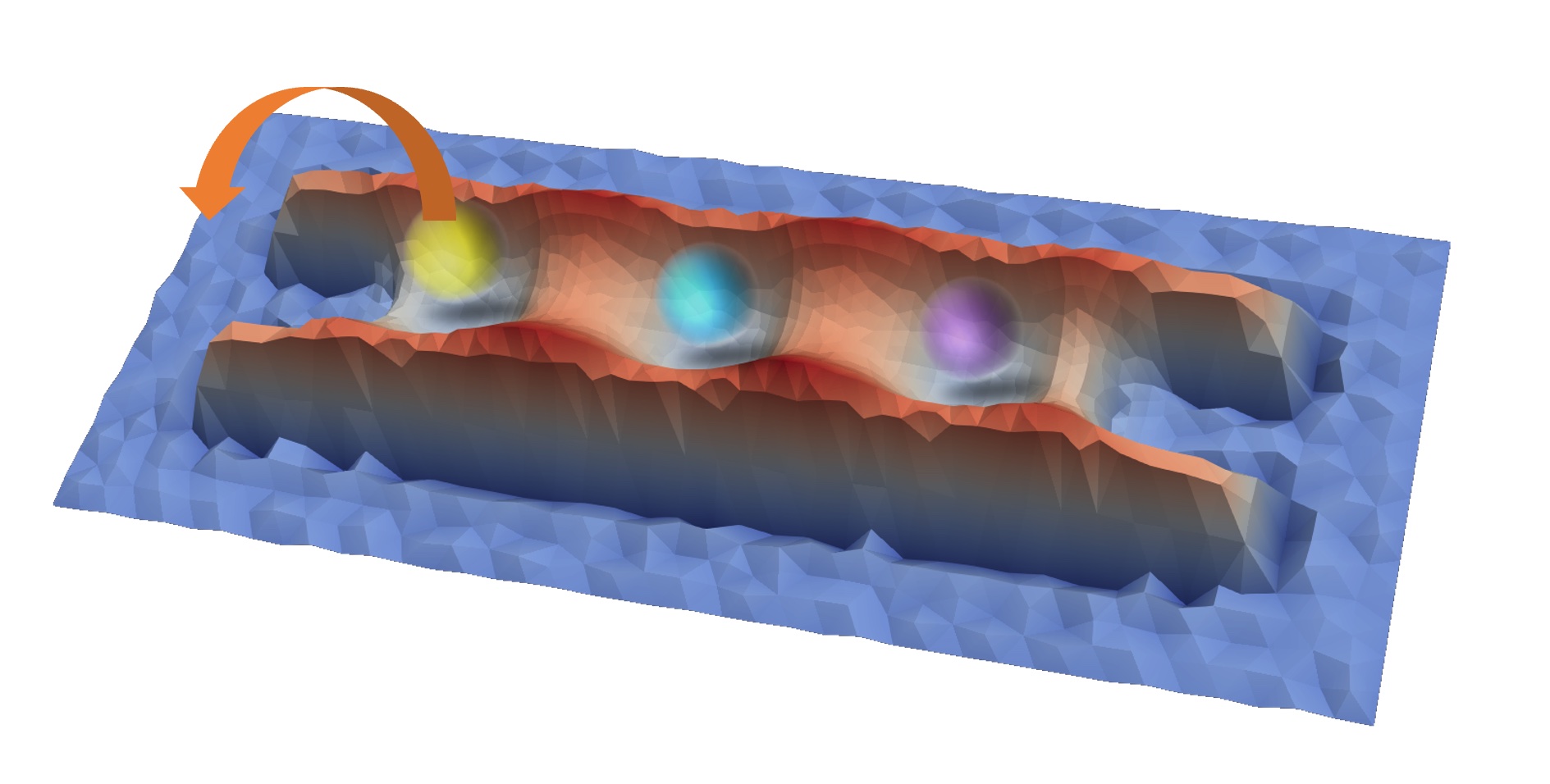
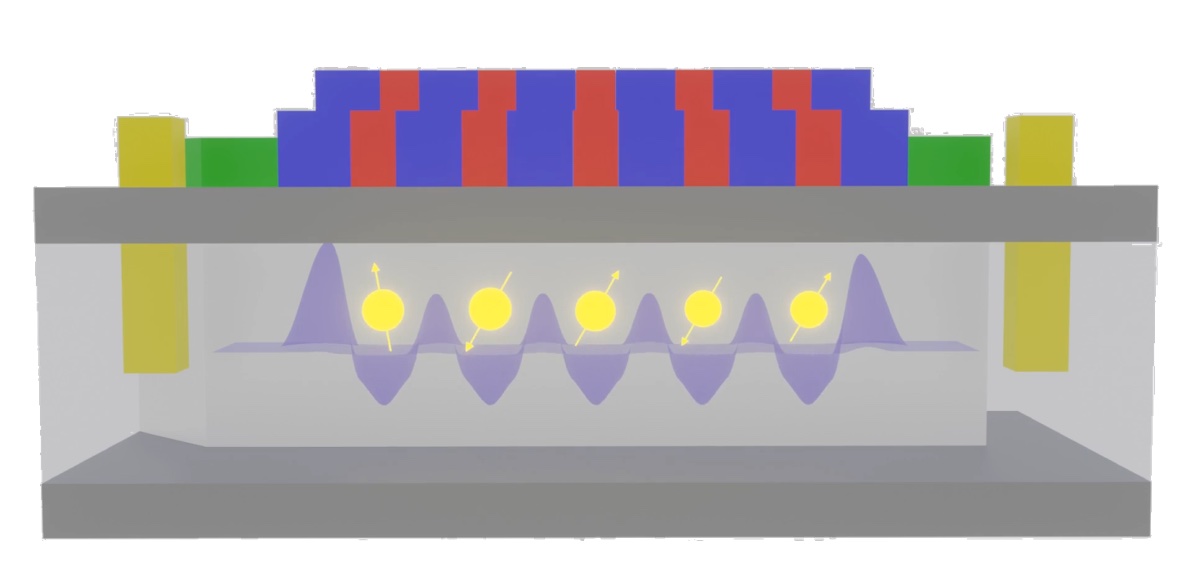
R&D Themes 3: Development of Isotopically Controlled Si/SiGe Substrate Technology

Satoru Miyamoto
AIST
Semiconductor Frontier Research Center Senior Researcher
In order to achieve a scalable silicon quantum computer through the iterative
implementation of
elemental building blocks and mid-range quantum couplings, we develop an
isotopically controlled
Si/SiGe quantum platform to satisfy fault-tolerant requirements at the level of
crystalline
materials.
In addition to implementation of ultra-high-quality Si isotope crystals with no
scattering at
the spatial scale of the qubit array units and quantum couplings, we promote
development of
atomic-scale interface control principles to mitigate the degradation of quantum
controllability, and development of crystalline assessment schemes for isotopic
substrates
compatible with large-scale implementation.
Project Members
| Satoru Miyamoto | AIST | Semiconductor Frontier Research Center | Senior Researcher |
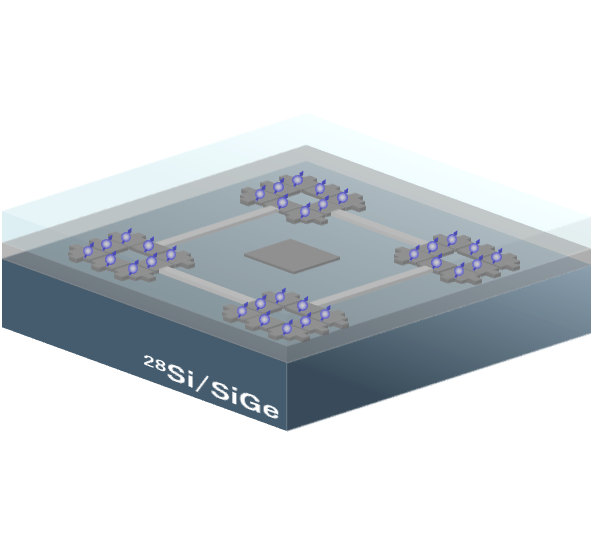
R&D Themes 4-1: Picosecond Electron Wave Packet Generation and High-Fidelity Control of Electron Wave Packet Qubits
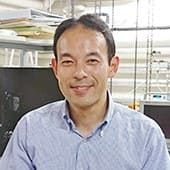
Michihisa Yamamoto
RIKEN
Center for Emergent Matter Science Team Leader
The University of Tokyo
Quantum-Phase Electronics Center, School of Engineering Professor
We develop a quantum computer based on a new principle using electron wave packets
propagating through quantum circuits.
A quantum bit is defined as a quantum state of an electron wave packet, and
universal quantum
operations are performed by repeatedly propagating the electron wave packet in a
loop circuit
where quantum operation circuits are embedded.This approach has the potential to
construct a practical large-scale quantum
computer with a small hardware realized using a single cryostat. The aim of this
research item
is to develop techniques for generating short electron wave packets of high quantum
purity and
high-fidelity quantum manipulation of qubits.
Project Members
| Michihisa Yamamoto | RIKEN The University of Tokyo |
Center for Emergent Matter Science Quantum-Phase Electronics Center, School of Engineering |
Team Leader Professor |
| Naoki Ogawa | RIKEN | Center for Emergent Matter Science | Team Leader |
| David Pomaranski | The University of Tokyo | Quantum-Phase Electronics Center, School of Engineering | Assistant Professor |
| Tomonori Hashizume | The University of Tokyo | Quantum-Phase Electronics Center, School of Engineering | Maseter Student |
| Koichi Aoki | The University of Tokyo | Quantum-Phase Electronics Center, School of Engineering | Maseter Student |
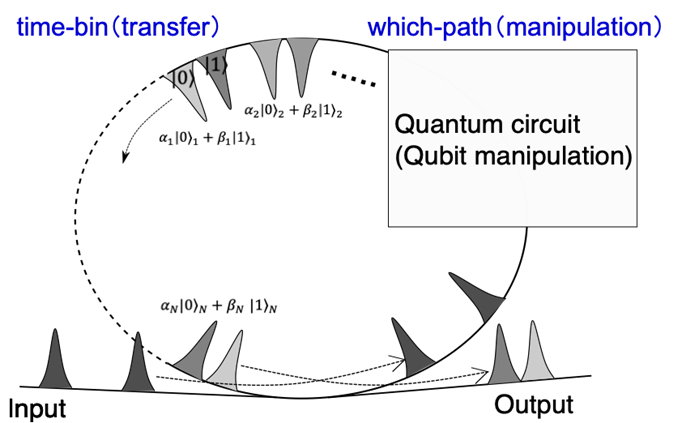
R&D Themes 4-2: Quantum Control and Readout of Microwave Electron Wave Packets
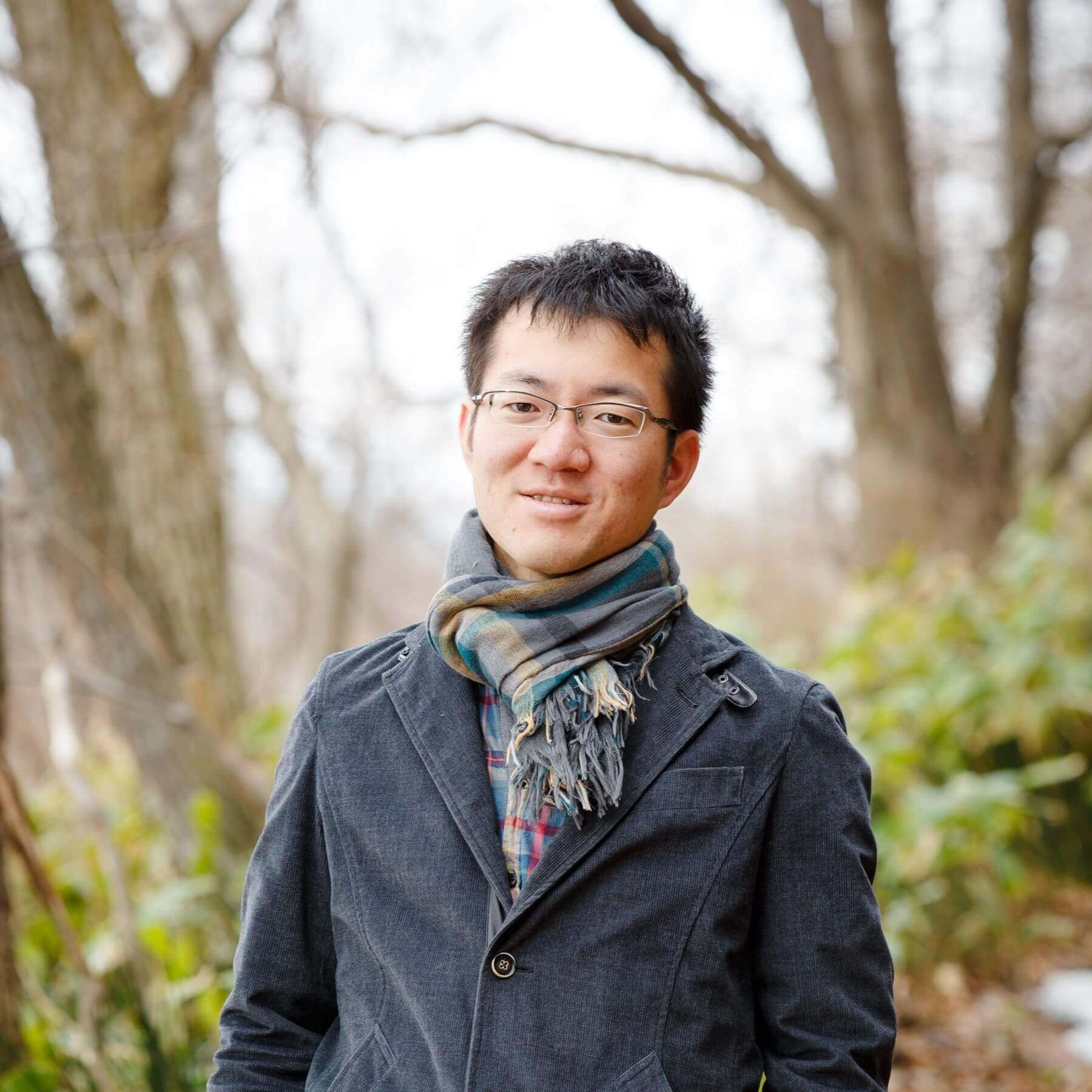
Shintaro Takada
Osaka University
Graduate School of Science Associate Professor
In this project, we will develop technologies to control the eigenstates of electron wave packets and to read out a single-electron wave packet as elemental technologies to realize a quantum computer based on a new principle using electron wave packets propagating in quantum circuits. The eigenstates of electron wave packets are usually controlled by controlling the width of the waveguide, but in this project, we will research and develop a new method using confinement of the electron wave packet in the direction of travel. In addition, we will develop a method to detect the presence or absence of electron wave packets by using electron spin qubits, which strongly interact with electron wave packets. We project the presence or absence of electron wave packets to the quantum state of electron spins. Then we detect electron wave packets by reading out the electro-spin state.
Project Members
| Shintaro Takada | Osaka University | Graduate School of Science | Associate Professor |
| Yunseong Jang | Osaka University | Graduate School of Science | Master Student |
| Toshiki Nakamura | Osaka University | Graduate School of Science | Master Student |





